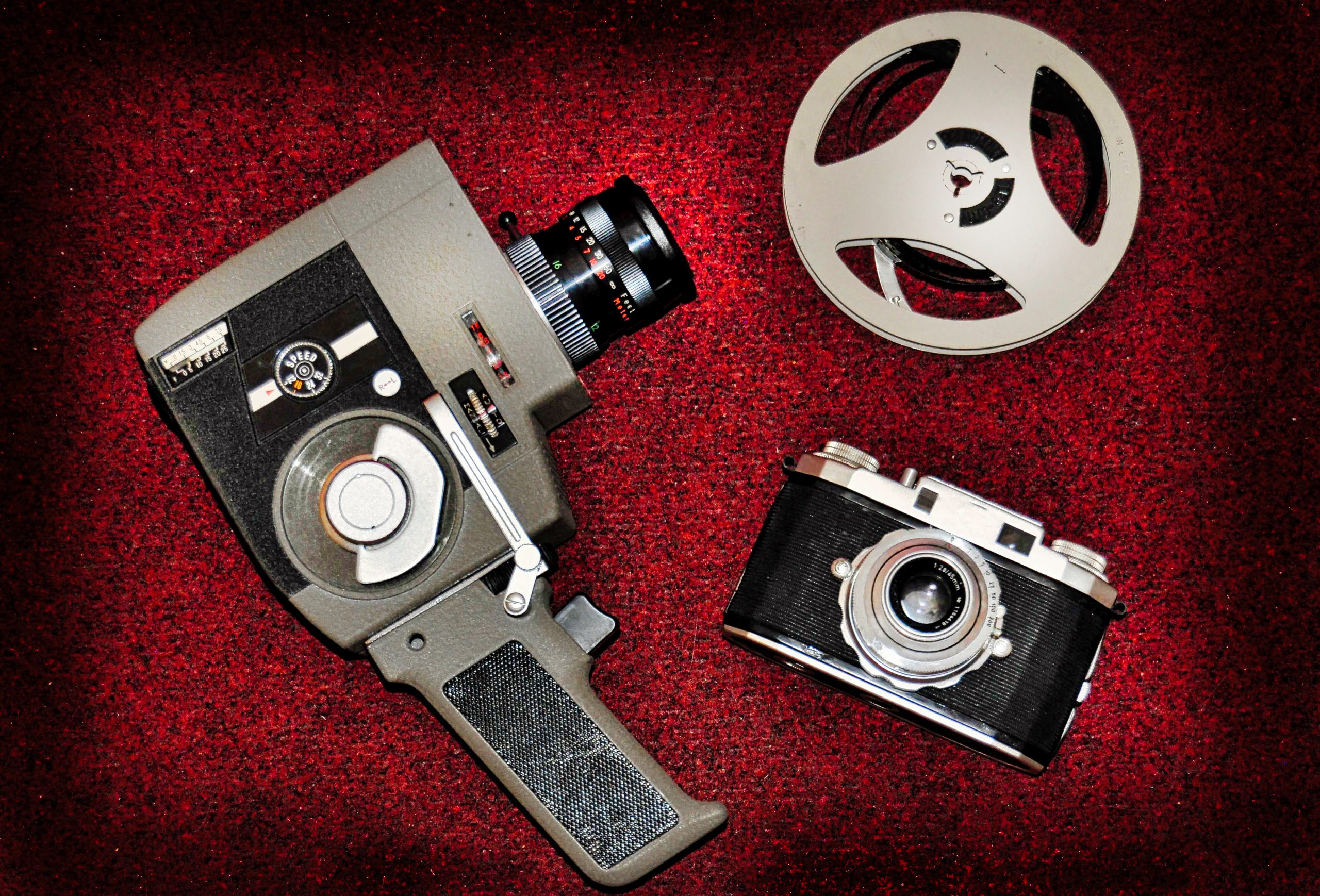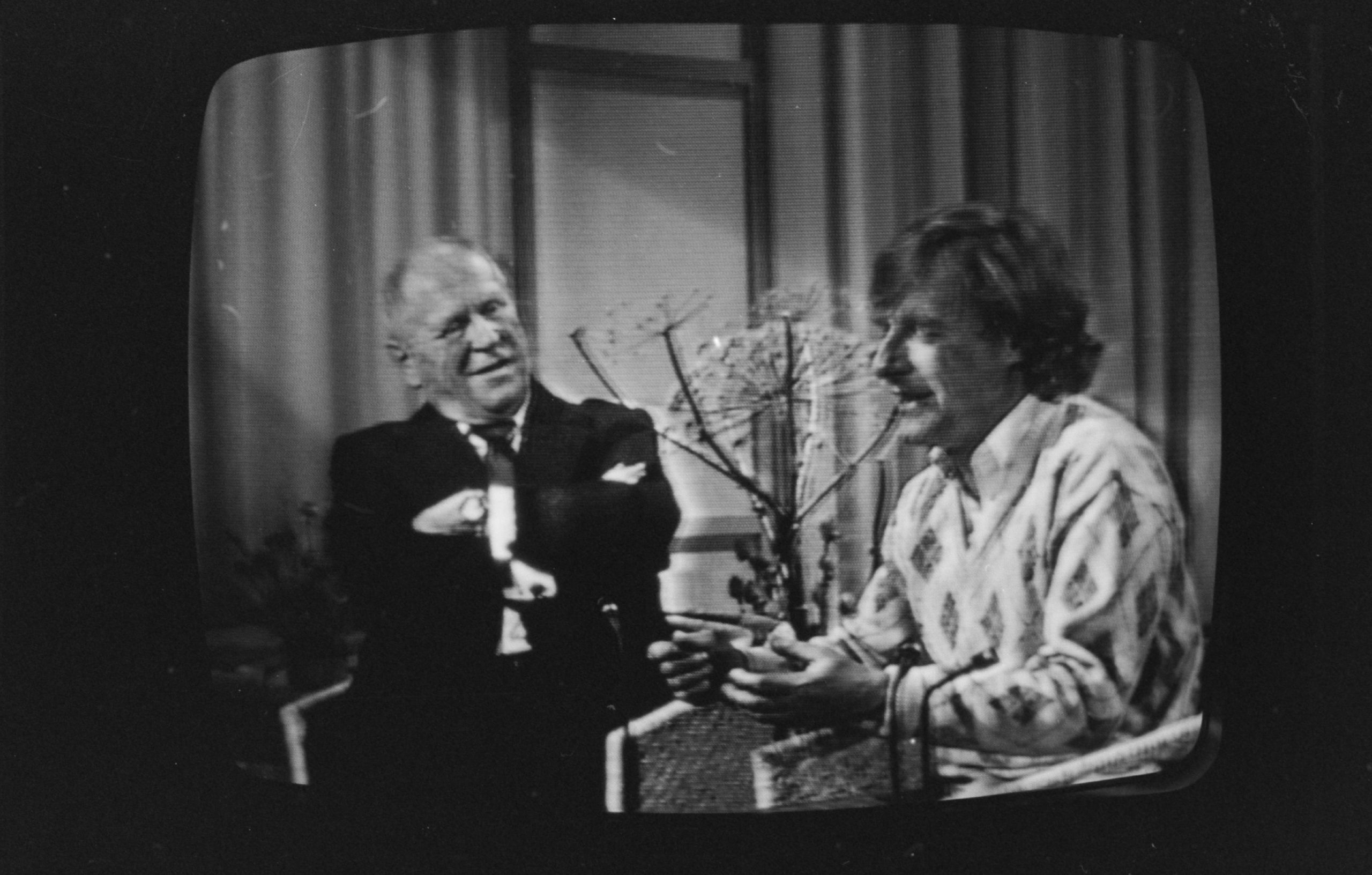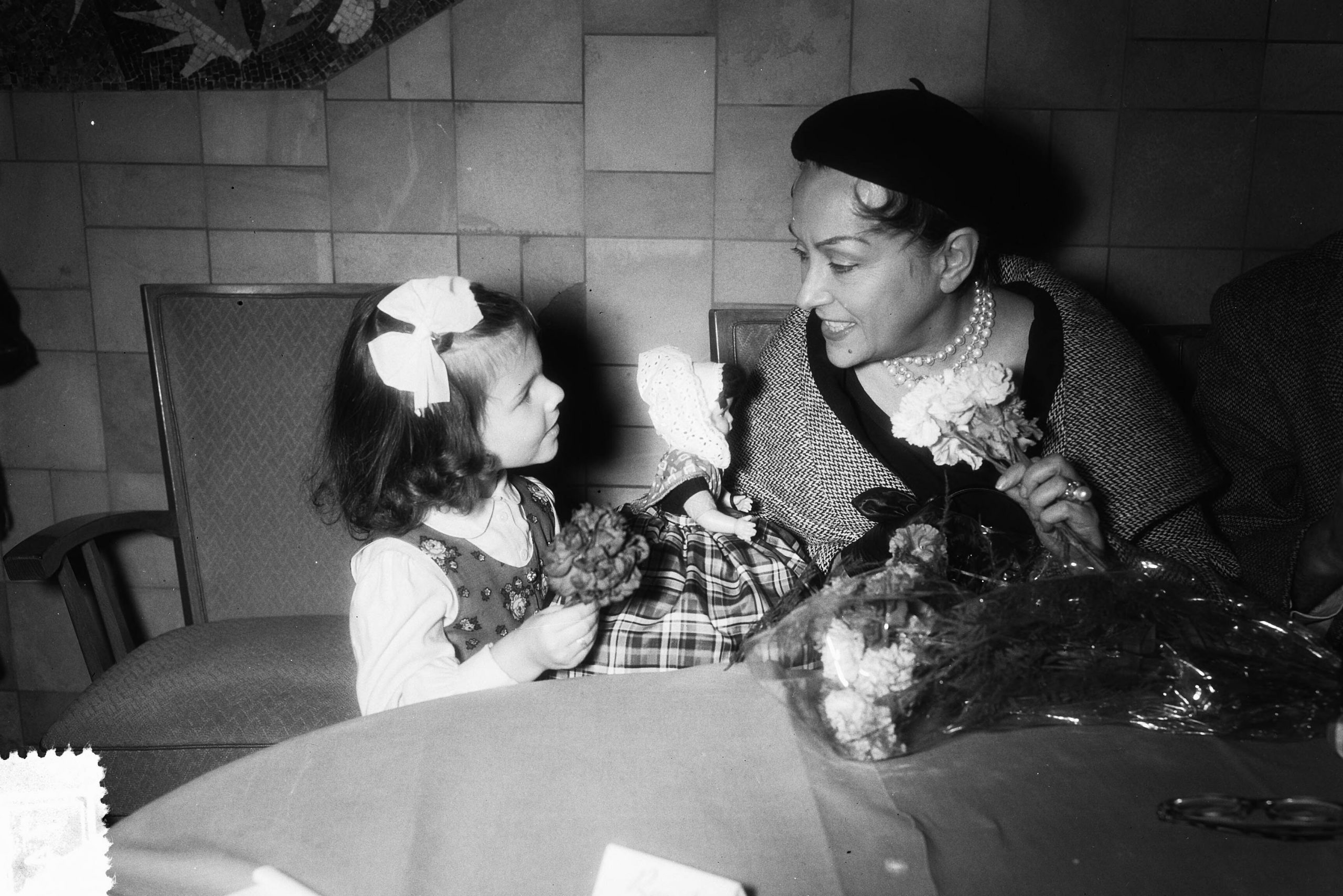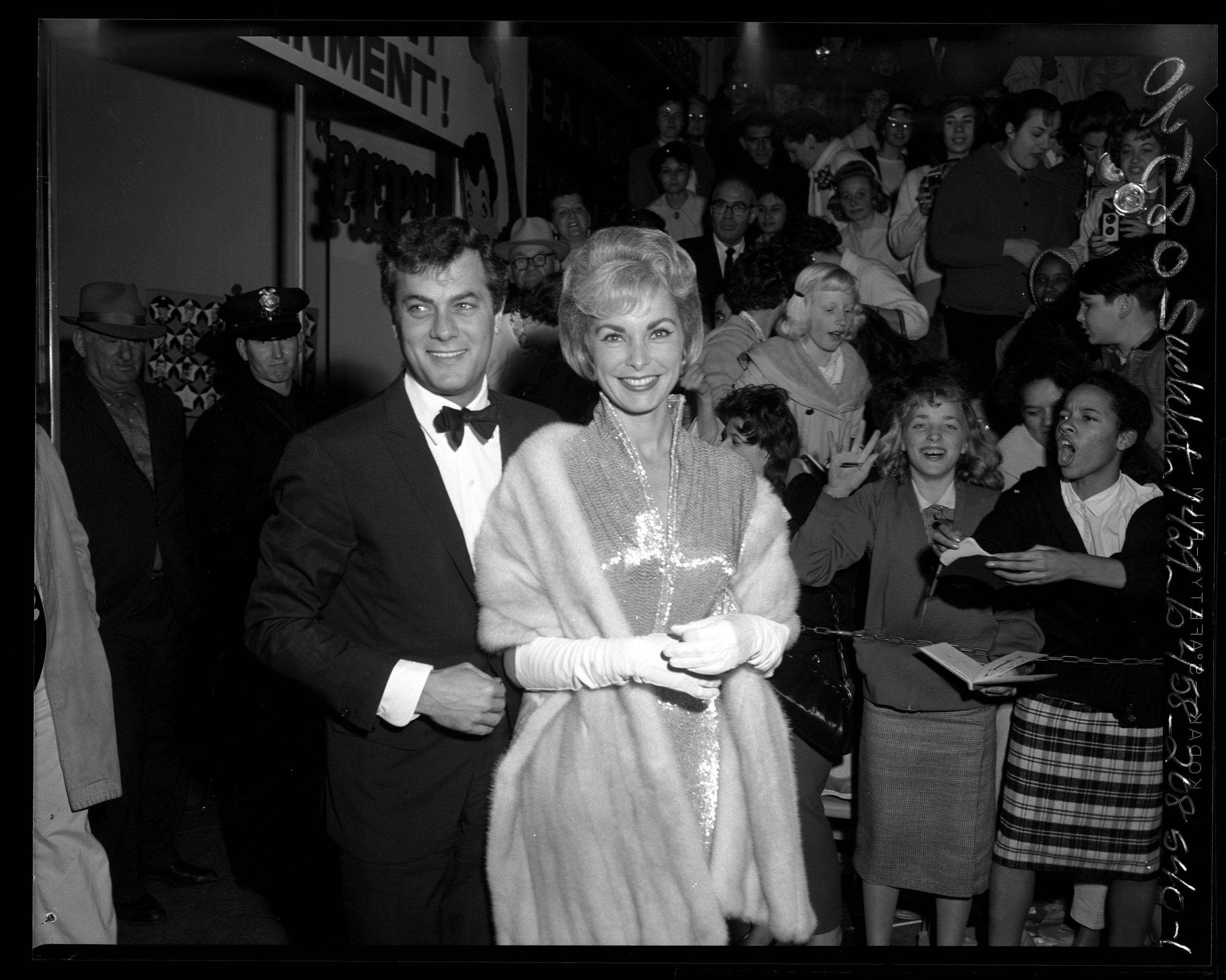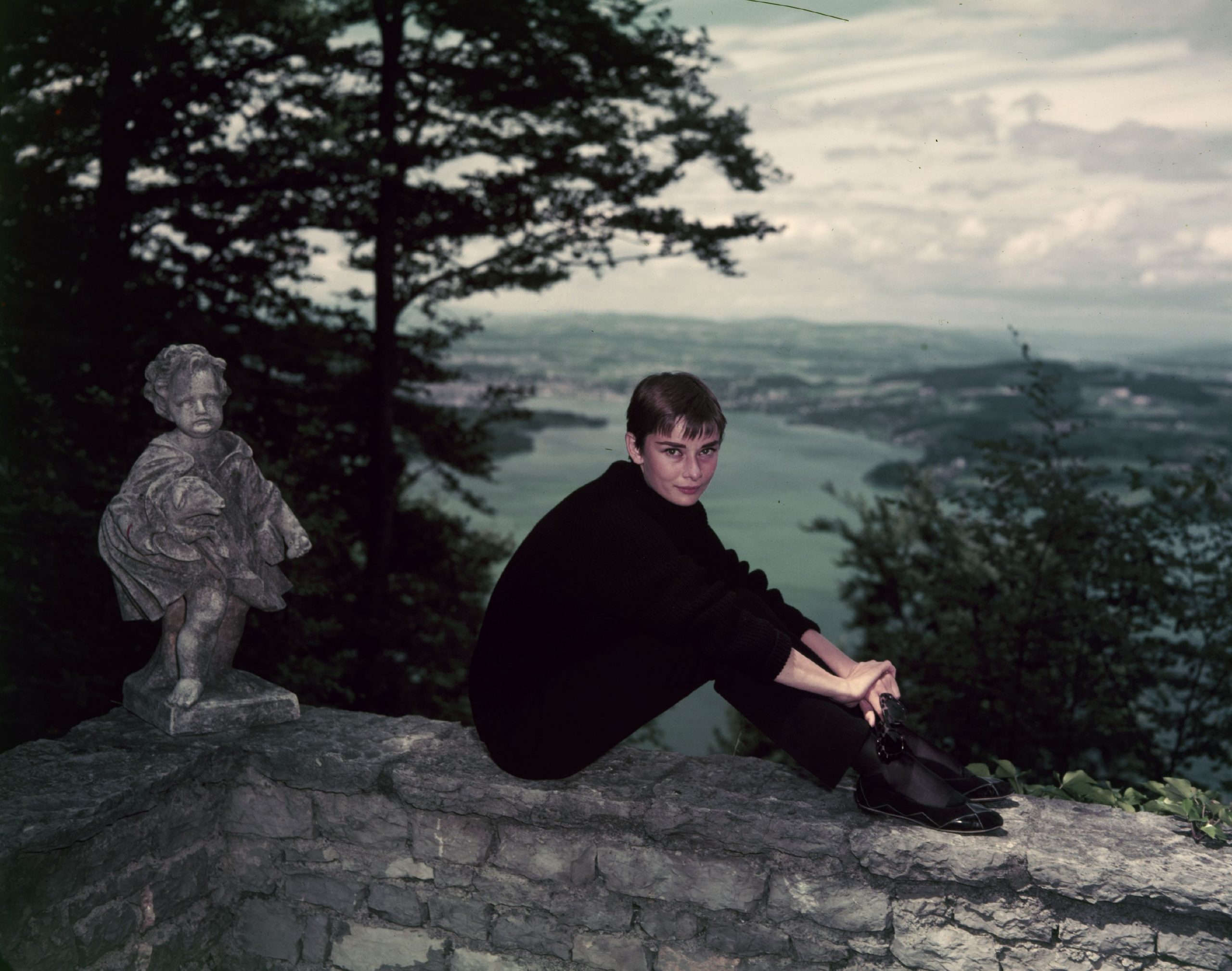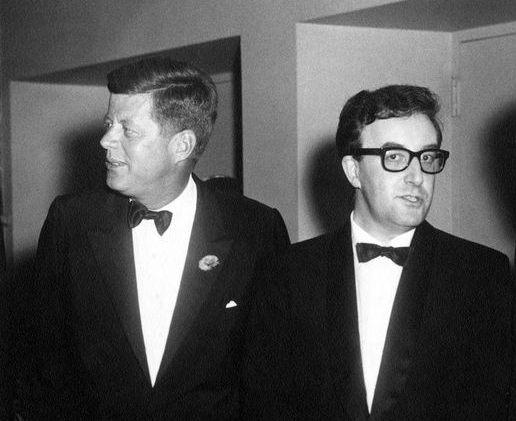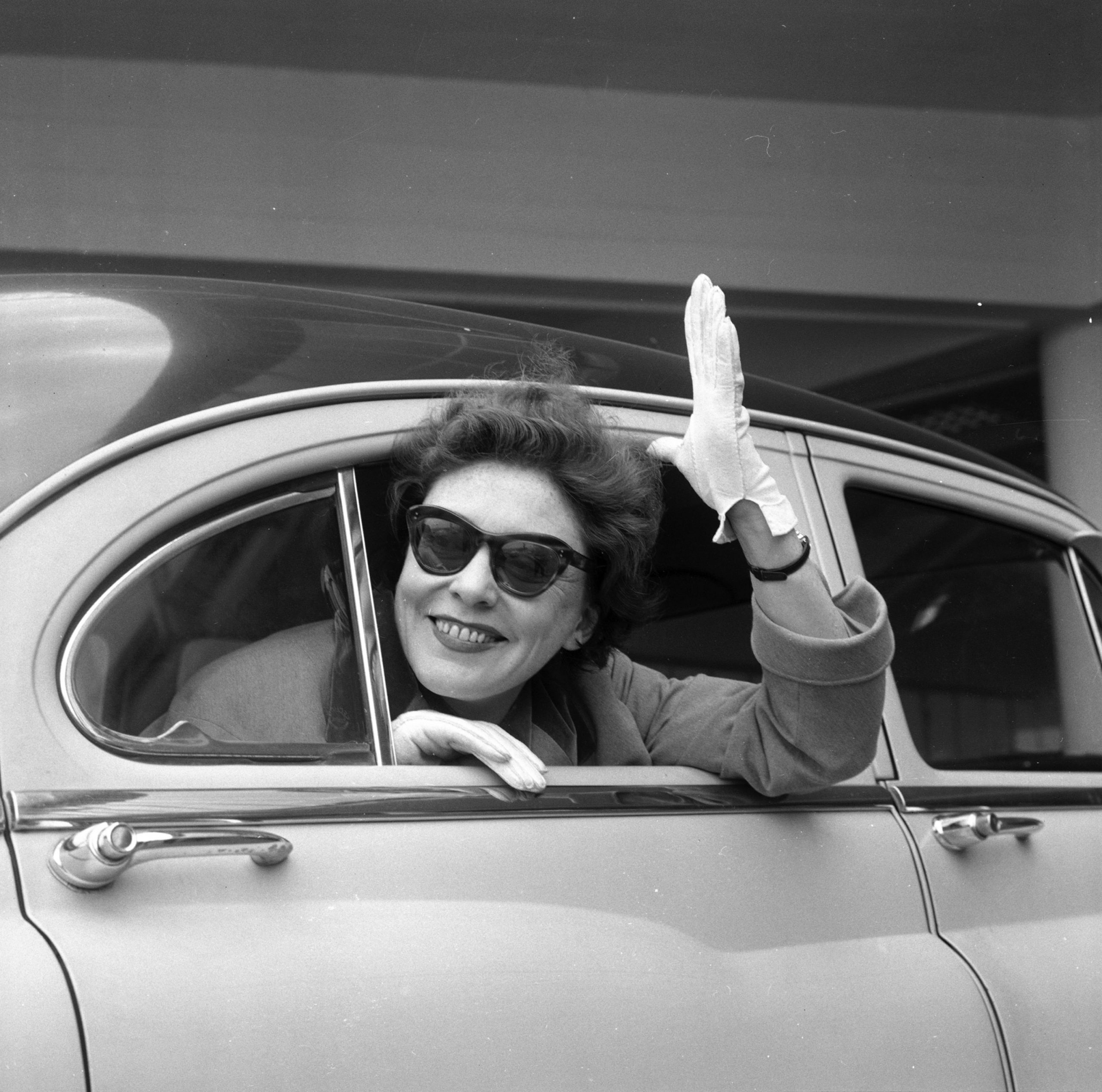Orson Welles once said that he was the greatest clown in the history of film: Buster Keaton is said to have disliked reading books himself, but he learned early on to read an audience.
There are comedians who grew up in show business – and then there is Buster Keaton: Because of his parents, who were both vaudeville artists, Keaton experienced his first mention by name as a participant in a vaudeville act at the age of eleven months. Thus, one can say he was virtually born on the stage.
His parents’ vaudeville programme had reached a dead end: then their son, Buster Keaton, came into action. Soon it was the case that Buster Keaton’s name was the biggest name on the posters and his parents’ names were in small print below his.
Buster Keaton later said he never had a real childhood – he never attended school either, the stage was his school.
Keaton was fascinated by the new art form of film.
Broadway – or straight to the movies?
The time with The Three Keatons, as the family called themselves, was marked by a strict schedule: They gave two to three shows a day at different venues for 48 weeks a year. Nevertheless, it was a glorious time for Keaton: He learned an immense amount about his craft – a circumstance that would later come in handy. Albeit not on stage, but in front of a film camera.
In January 1917, Buster Keaton parted company with the family vaudeville programme: the journey took him to New York first, where he planned to appear in a Broadway play. However, two days before rehearsals began for the Broadway play, his plans were thwarted: Roscoe (“Fatty”) Arbuckle’s Comique Film Corporation in Manhattan was working on a new short film. Knowing an old friend who was now working at the Comique Film Corporation studios, he got his first film role in the short film The Butcher Boy (1917). He was so fascinated by the new art form of film that he immediately signed a contract with the studios and quit his contract on Broadway. He had fallen so much in love with film that he didn’t even care what he was now earning: he started out at Arbuckle’s Comique Film Corporation earning just over a tenth of what he had earned at The Three Keatons.
The silent film
In 1917, it was far from clear what significance the film industry would have in the future: Whoever decided to go into film as a comedian was taking an enormous risk, because the stage and the live event were still rated significantly higher by the public at that time than the new medium of film.
What fascinated Keaton most about the medium of film was that anything seemed possible: for Keaton, the film set was like a playground where one could experience endless adventures and make these adventures accessible to the audience.
In 1920, Buster Keaton appeared in his first short film, which he also directed: One Week (1920) is a silent comedy par excellence to this day. The 1920s were Buster Keaton’s golden decade: it was the age of silent movies and only very few people knew as much about silent comedies as Buster Keaton. He not only took on various roles as an actor in films, he wrote a large part of the gags and was involved in the entire creative process behind a comedy film. He immortalised himself with his stunts, during which he often risked life and limb.
“No faking”
When Buster Keaton shot a gag, he had one condition: The gag had to be completed in one take. True to the motto “No faking”, any gag that didn’t work in the first take was removed from a film. The result of this motto was an enormous authenticity that formed the base of all the films in which Keaton took part.
The less movement Keaton showed in front of the camera, the more the audience laughed: he had already made this experience as a child on stage. The alleged lack of emotion with which Buster Keaton played many roles was one of the secrets of Keaton’s art. In the comedy flick Steamboat Bill, Jr. (1928), an entire facade of a house falls on Buster and he remains unharmed because he stands exactly on the spot where the square opening of the facade comes down. He retains his straight-faced and blank expression amidst the flying debris. A laughing moment for the audience.
In The Playhouse (1921), Keaton immediately slipped into all the roles the film had to offer: In the film he plays the role of the actor, the stagehand, the conductor and all the people in the audience. The Playhouse shows what a multi-faceted play Buster Keaton could put on as a one-man show. It is said that there were spectators who did not realise that Keaton played all the roles in The Playhouse…
Previously he had ben independent, now he was just an employee at MGM Studios.
Creative swansong
“They’ll warp your judgment,” Charlie Chaplin told Buster Keaton when he heard that Keaton would be signed to MGM. On the advice of his manager and producer, Keaton went into the employ of MGM Studios in June 1928 – thus began Buster Keaton’s artistic decline. For those in charge at MGM, Keaton’s shooting methods were far too wasteful: Keaton had a habit of making many more takes than were ultimately needed for the final product. This method was expensive, but it ensured that only the most authentic and effective gags made it into the final film. It was a big change for Keaton: previously he had ben independent, now he was just an employee at MGM Studios.
Keaton was released from his contract at MGM in 1933, and in 1940 his production company Keaton Productions Inc, once the epitome of his artistry, was dissolved.
The golden age for Buster Keaton was over – in any case, the silent film was yesterday’s news at the beginning of the thirties, the industry now focused on the talkies.
“It would be ridiculous of me to complain.“
What now followed in Buster Keaton’s career was only a reminiscence of what once was: Keaton’s role as himself in Billy Wilder’s Sunset Boulevard (1950) describes this state of mind. At the top of the cast in Sunset Boulevard was Gloria Swanson, herself a legend of silent cinema: Buster Keaton plays a bridge partner of Swanson in the film and is more reminiscent of a wax figure than an actor. This was by design: barely twenty years after the end of the silent era, silent film seemed more distant than ever and all the actors from that time were forgotten. Even then, the film world was fast-moving – what was in demand yesterday would be forgotten tomorrow. Buster Keaton’s art fell victim to this progress. Yet Keaton himself said, “It would be ridiculous of me to complain.”
Keaton is considered one of the most multi-faceted silent film actors: his name is mentioned in the same breath as legends such as Charlie Chaplin and with his art he created the basis for what may be called comedy today.
Main source: Lahr, John: Puzzled Puss (article on Buster Keaton), published in: London Review of Books Vol. 45 No. 2, January 2023
Cover picture: © Simon von Ludwig

 Deutsch
Deutsch